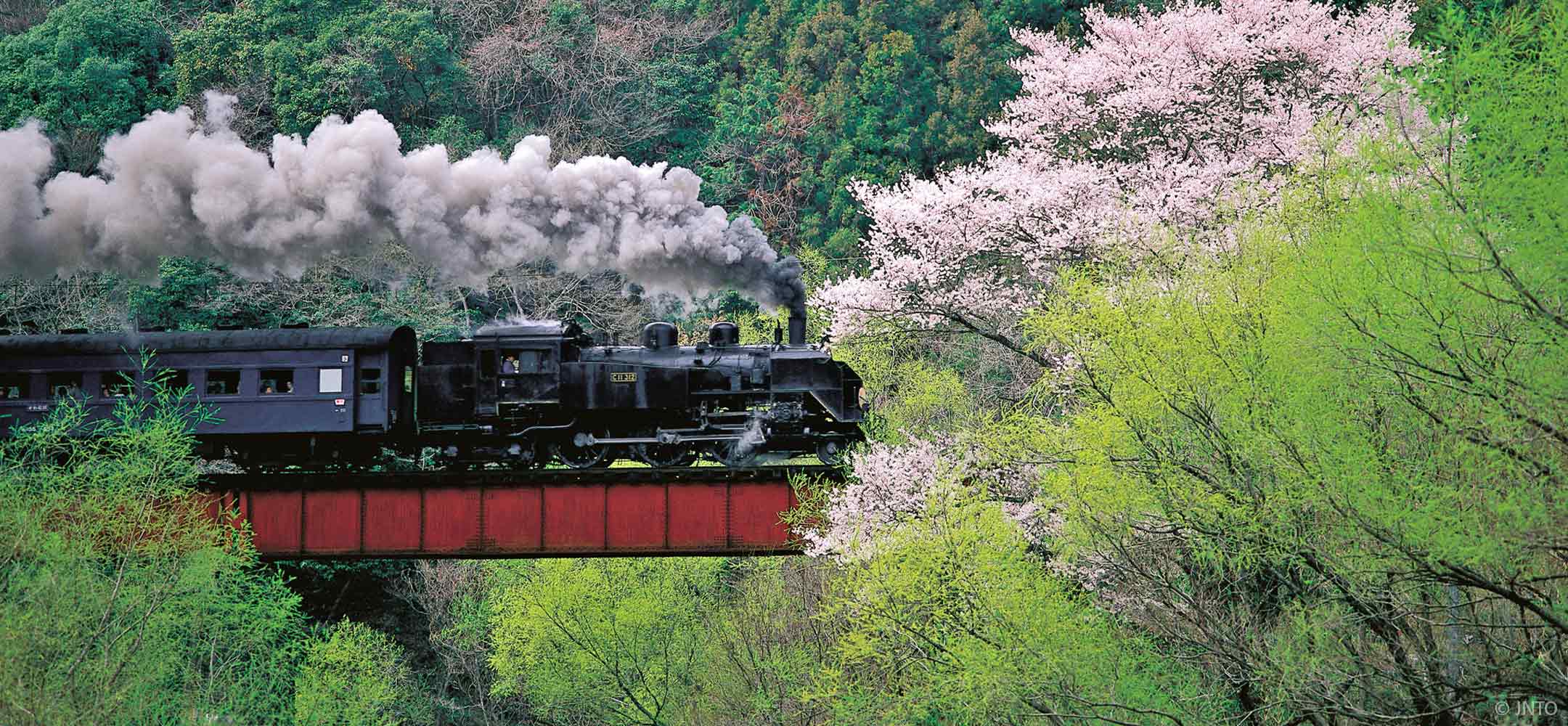


Two locomotives were built for the Korean National Railroad in 1950 by Mitsubishi for South Korea during the Korean War. Additionally two wrecks were left to the north of the city. One was left outside Yuzhno-Sakhalinsk railway station, and one is in running condition and is kept at the Yuzhno-Sakhalinsk railway station. The 30 specially built D51s that were left on Sakhalin (formerly Karafuto) by the retreating Japanese at the end of the Second Sino-Japanese War (1937-1945) and after the Soviet-Japanese War (1945), were used from 1945 until 1979 by Soviet Railways. Service outside Japan Soviet Railways D51 Some D51s were fitted with the Giesl ejector in Hokkaido to conserve on fuel. It was used mainly in freight service through the 1960s. The locomotive was designed by Hideo Shima. Early D51s were nicknamed Namekuji-gata (" slug-form") for their shape. A total of 1,115 D51s were built, the largest number in any single class of locomotive in Japan. Wartime production featured some substitution of wood for steel parts like running boards, smoke deflectors and tender coal bunkers. The design of class D51 was based on the earlier D50, introduced in 1923. The Class D51 ( D51形) is a type of 2-8-2 steam locomotive built by the Japanese Government Railways (JGR), the Japanese National Railways (JNR), and Kawasaki Heavy Industries Rolling Stock Company, Kisha Seizo, Hitachi, Nippon Sharyo, Mitsubishi, and Mitsubishi Heavy Industries from 1936 to 19 to 1951. Kawasaki Heavy Industries Rolling Stock Companyħ6.8 t (75.6 long tons 84.7 short tons) ġ23.0 t (121.1 long tons 135.6 short tons) JR East's D51 498 on the Jōetsu Line in December 2008 Ī video of the Botchan Ressha (Botchan Train) in action is available at. A diesel-powered replica of those steam trains was introduced in Matsuyama in 2001, and this Botchan Ressha (Botchan Train) has since become one of the city’s biggest tourist attractions.įor more information on Iyotetsu’s Takahama Line, please check out. These trains – much like the book in which they appear – continue to be popular with the Japanese public. Botchan teaches at a middle school in Matsuyama and rides on what is characterized in the novel as the “matchbox-like steam trains” of the Takahama Line. The book, which is based in large part on Sōseki’s experiences as a teacher in Matsuyama, features as its youthful main character and first-person narrator someone named Botchan (meaning “young master”). Sōseki used the Takahama Line as a means of transportation during that period in his life, and these trains became a part of his widely acclaimed 1906 novel Botchan. During the mid-1890s and at a time before his writing career took firmer shape, Sōseki lived on Shikoku and taught at the Matsuyama Middle School (the present-day Ehime Prefectural Matsuyama Higashi High School). The Takahama Line achieved more enduring literary fame because of Natsume Sōseki (1867-1916), who remains one of Japan’s most admired and influential writers. The handbook states, “This is a pretty little journey across the mountain-girt plain, in whose centre rises the wooded hill crowned by Matsuyama castle, which comes in view before reaching the intermediate station of Komachi. Just a few years after the trains began running on the Takahama Line, a description of those rides was included in the 1894 edition of A Handbook for Travellers in Japan (coauthored by Basil Hall Chamberlain and W. The entire line was electrified, however, starting in 1931. (Iyotetsu was the first railway to operate in Shikoku and only the third private railway to exist anywhere in Japan.) For more than four decades, the trains serving the Takahama Line were steam-powered. The Takahama Line, covering 5.8 miles (9.4 kilometers) between the Ehime Prefecture’s capital city of Matsuyama and the port town of Mitsuhama, made its debut a little over a year after Iyotetsu was founded.

In Japan, the first line of the Iyotetsu (Iyo Railway) Company went into service in the Ehime Prefecture on the main island of Shikoku.


 0 kommentar(er)
0 kommentar(er)
